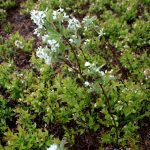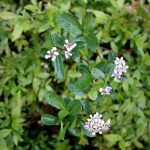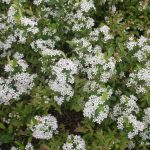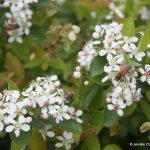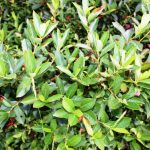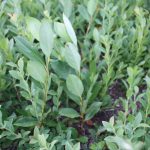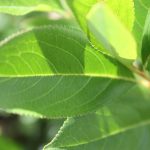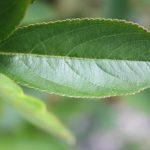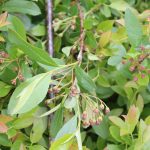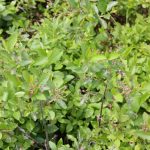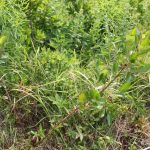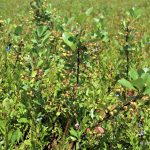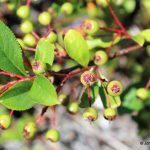Black chokeberry
Prepared by Jennifer L. D’Appollonio, Assistant Scientist, University of Maine, Orono, ME 04469. Updated April 2019.
Scientific name: Aronia melanocarpa (Michx.) Elliott; old Photinia melanocarpa (Michx.) K.R. Robertson & Phipps, Pyrus melanocarpa (Michx.) Willd.
Common name(s): black chokeberry, aronia, chokepear, barrenberry
Links: USDA PLANTS Profile, NPIN Profile, Go Botany
Images: (to see enlargements [PC]: click on image, then right click and choose “view image”)
- Flower detail
- pruned plants look similar to wild blueberry when not in flower
- note hairs on flower sepals (below petals)
- a supplemental food source for commercial hives
- In mowed field, late July
- After mowing, in late July
- Leaf detail showing dark glands on midrib and edges
- Leaf detail showing dark glands on midrib
- early June
- immature fruits, late June
- fruit, late July
- developing fruit
Description:
-Rosaceae family
– generally flowers late May-June in ME
-Twigs gray to brown with scattered lenticels
- often covered with dense white hairs.
- Older stems smooth and covered with whitish film
-Buds are slender and sharp-pointed
- terminal bud is prominent with lateral buds pressed against the twig
- Bud scales are shiny with two notches at the tip
-Leaves are:
- Alternate, elliptic
- fine-toothed
- dark green and shiny above paler below usually tapering to the base and abruptly pointed.
- Midvein with tiny dark glands along the upper side.
-Flowers five parted, white to pink in a terminal, flat-topped cluster
-Fruit black and edible.
– may be confused with A. floribunda, which also occurs in wild blueberry fields; see left sidebar on Go Botany webpage
Habitat:
-woodlands
-swamps
-marshes
Source(s):
Heinrich, B. 1976. Flowering phenologies: Bog, woodland, and disturbed habitats. Ecology. 57(5):890-899.

